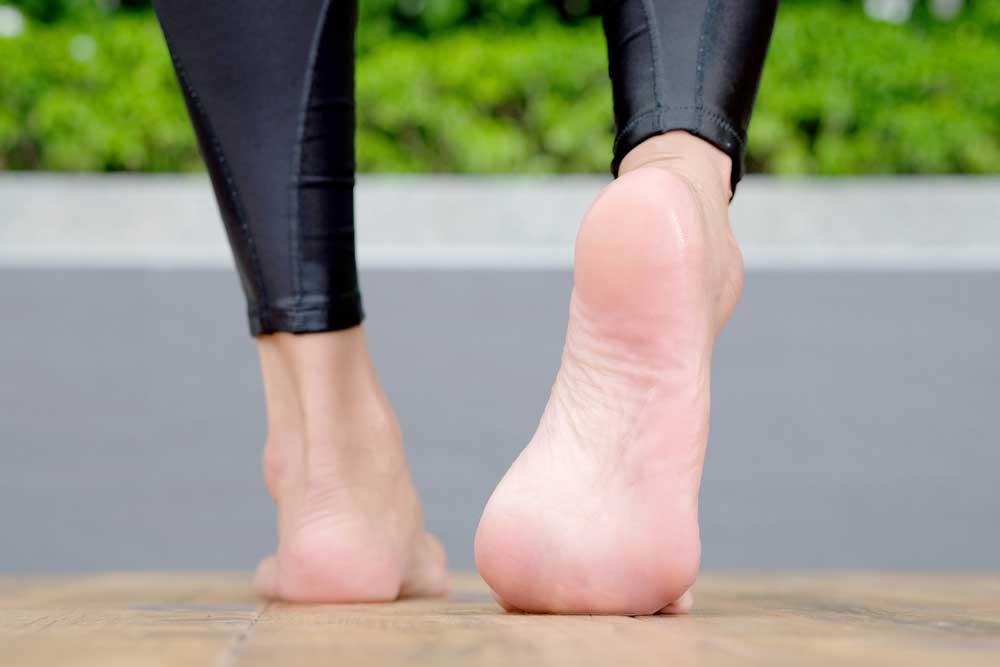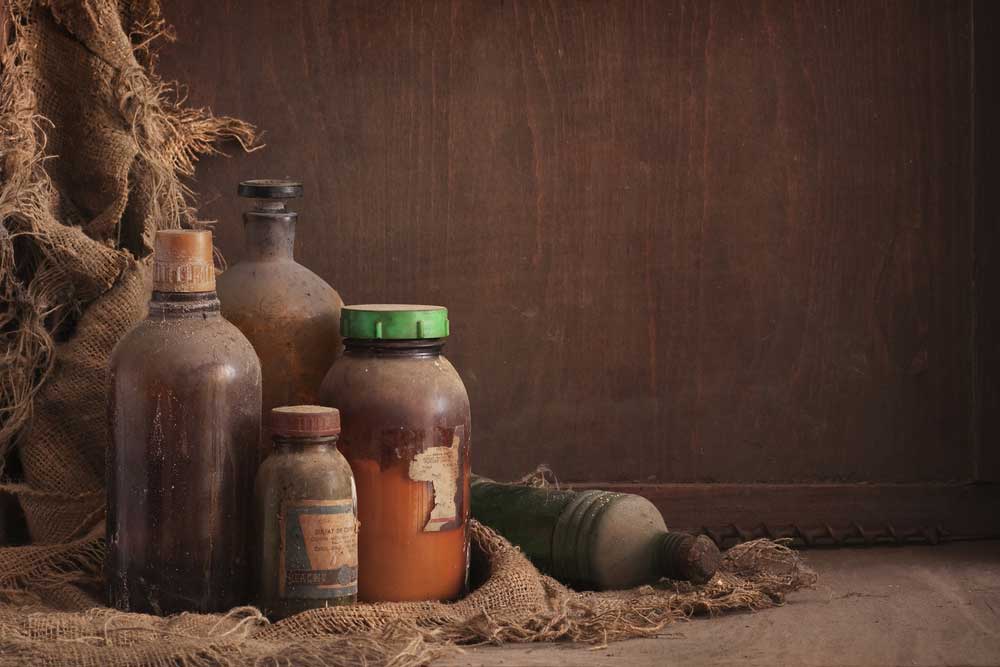Plantar Fibromatosis, or Ledderhose disease, is a rare condition. It stems from a disease called plantar fibroma, where the tissue hardens and a growth begins in the arch of your foot. Plantar Fibromatosis is diagnosed when the tissue hardens to an excessive amount, and many lumps form on the bottom of the foot. The disease can affect one or both feet. It also can affect anyone at any age, but it is more prevalent in middle-aged or older people. The growths are not cancerous but can cause severe pain. As mentioned, plantar fibromatosis can cause pain and any out-of-the-ordinary pain should be a cause for concern resulting in a talk with your doctor. Other symptoms include: When it comes to treatment, we still have more to do in order to fully treat and relieve the pain for those suffering with plantar fibromatosis. Some current treatments are: There are newer treatments and research on plantar fibromatosis, including a treatment that uses injections on an enzyme, called collagenase, to break down the thicker tissue on the bottom of the foot. This exciting research is one of the few treatments being tested that would actually resolve these painful lesions. More research is needed in order to cure plantar fibromatosis for good, so those with the disease can live their lives without the painful lumps. Currently, ENCORE Research Group is conducting clinical trials for plantar fibromatosis. For more information on our current studies click the “enrolling studies” tab. Sources: Healthline, National Library of Medicine , FootCareMD
Should I be concerned?
How is the disease treated?
GRID VIEW
Joint pain is an ancient disease. Dinosaur skeletons, cavemen remains, and ancient Egyptian mummies all have evidence of it. In 1886 an English doctor named John Kent Spender coined the term “osteoarthritis” (OA) which led to the modern understanding of the disease.
To relieve the pain and suffering of OA, ancient healers tried various concoctions, some of which persist until today. . More than 2500 years ago, Egyptian physicians treated OA with ointments containing fat, oil, honey or bone marrow, often added to various dry ingredients such as: flour, baking soda, cumin and incense. 1 The father of medicine, Hippocrates, observed that “Swelling and joint pain, ulcers, those of a gouty nature and muscle strain are usually improved by cold water, which reduces swelling and eliminates the pain, as a moderate degree of numbness eliminates pain”. Another Greek physician named Dioscorides floated a less enduring idea. He recommended using ivy. This treatment proved less effective although the subsequent itching may have distracted patients from thinking about their joints.
Acupuncture, an effective therapy for some folks, is another ancient treatment that has remained virtually unchanged over many years. An older medicinal approach using willow bark leaves remains in use today. These leaves contain salicylic acid. An understanding of the benefits of salicyclic acid ultimately led to a breakthrough by a French chemist named, Charles Frederic Gerhardt. Gerhardt’s claim to fame involved the chemically synthesize of Aspirin or acetylsalicylic acid in 1897 that improved upon salicylic acid.
In more recent years, clinical research has helped to shed some light on this painful disease. Though there is no cure for OA, researchers have found many treatments to manage symptoms. Science has proven that physical activity is one of the most beneficial ways to manage OA. The CDC recommends exercises such as: brisk walking, bicycling, swimming and muscle strengthening activities. It’s important for you to get moving and keep moving! Losing weight can also help relieve additional stress on your weight bearing joints.
If older therapies haven’t worked for you or someone you know, there is always the promises of modern medicine. Thanks to years of clinical research there are some great medications available both over-the-counter and by prescription. Analgesics such as Tylenol, opioids (narcotics) and tramadol are pain relievers. Nonsteroidal anti-inflammatory drugs (NSAIDs) are the most common anti-inflammation medication. NSAIDs include: aspirin, ibuprofen, naproxen, and Celebrex. Corticosteroids are powerful anti-inflammatory medicines most notably given by injection in a doctor’s office. Hyaluronic acid naturally occurs in joint fluid, acting as a shock absorber and lubricant. Hyaluronic acid is given by injection in a doctor’s office.2 We don’t suggest using any treatments without first checking with your doctor!
The future for OA treatments looks bright. You can participate in the path to the future by participating in a clinical trial. We have many programs available at no charge. Please give us a call so we can see which program works best for you!






